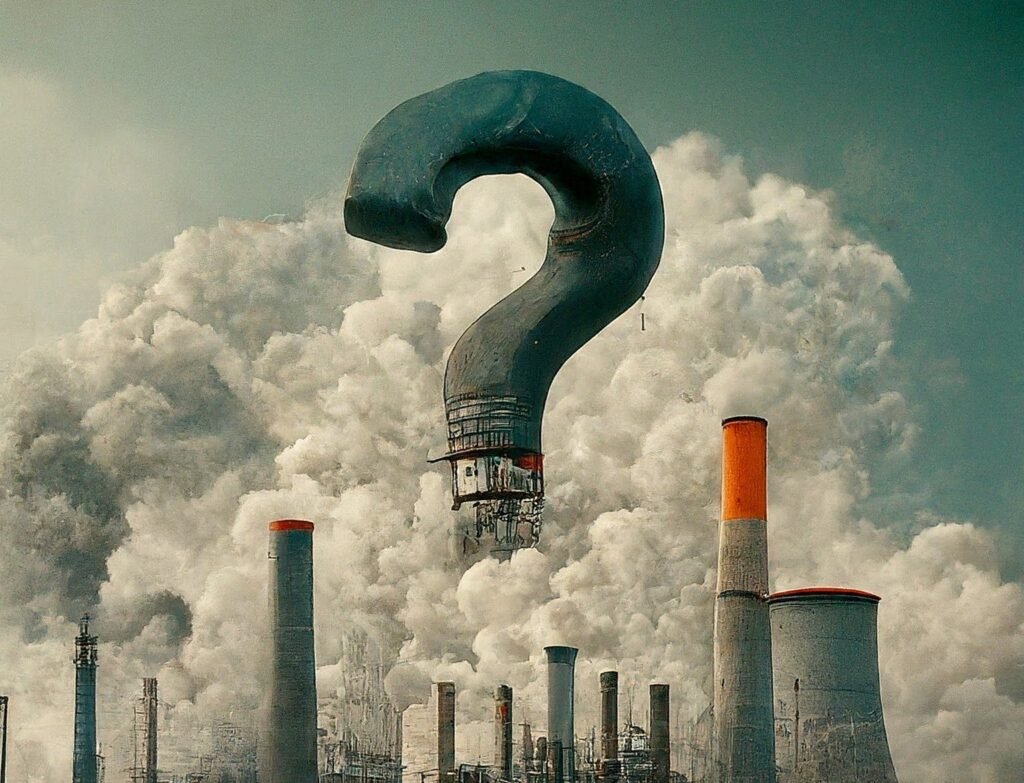This week, a revolutionary new facility in Iceland began carbon capture directly from the atmosphere, marking a significant step forward in the fight against climate change.
Climeworks, a Swiss company, launched “Mammoth,” a facility designed to capture atmospheric carbon dioxide (CO2) and permanently store it underground. This innovative technology offers a crucial tool in combating climate change.
Giant Fans for Clean Energy
Mammoth utilizes enormous fans to draw in surrounding air. The captured air undergoes a scrubbing process to remove CO2 before being injected deep underground. This CO2 then undergoes a natural mineralization process, essentially turning it into stone.
Scaling Up for a Sustainable Future
The scale of Mammoth is truly impressive. Ten times larger than its predecessor, Orca, which launched three years ago, Mammoth boasts a significant capacity for carbon capture. Climeworks estimates the facility can remove 36,000 tons of CO2 annually, equivalent to taking nearly 7,800 gasoline-powered cars off the road each year.
Cost Considerations and Future Outlook
While the technology offers a promising solution, economic viability remains a hurdle. The current cost of removing CO2 with Mammoth sits around $1,000 per ton. To achieve widespread adoption, Climeworks co-founder Jan Wurzbacher suggests a cost reduction to around $100 per ton by 2050.
A Global Effort
The United States is also making strides in carbon capture. Startup Occidental unveiled plans for STRATOS, an even larger facility targeting a capture capacity of 500,000 tons of CO2 annually.
Skepticism
However, whether direct air capture (DAC) plants are our best bet to ward off an impending climate catastrophe remains a heated debate, with experts remaining skeptical that such facilities will be the key to fending off climate change. Many of them claim it’s a dangerous distraction from far more glaring issues.
Even more worryingly, Big Oil has already adopted the concept with the hopes of extracting even more oil from the captured carbon — in the eyes of many, a step in the wrong direction.
Reference- Climeworks Newsroom, CNN, Interesting Engineering, Futurism
